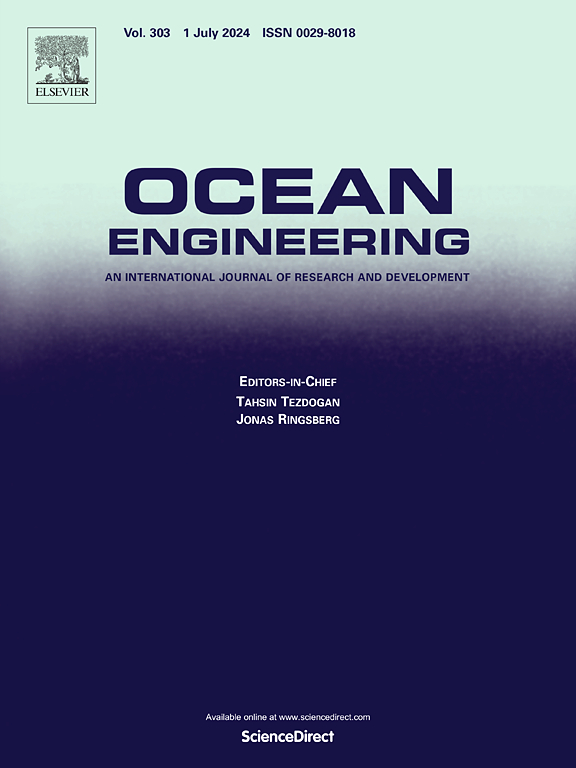Thermal aspects of submarine cables in bend stiffeners
IF 4.6
2区 工程技术
Q1 ENGINEERING, CIVIL
引用次数: 0
Abstract
This paper examines thermal behavior of a submarine power cable placed in a bend stiffener. The severity of thermal conditions for power cables in offshore platform installations is emphasized. First, a finite element analysis (FEM) of such an installation fully submerged in water is performed to determine which aspects of the model have the greatest influence on the computed temperature of the cable. This is followed by the development of the analytical model for current rating calculations for submarine installations considering short thermal bottlenecks. The analytical model implements the Galerkin approach for solving steady-state axisymmetric heat conduction problem. The FEM study shows the importance of the applied boundary conditions for the convective heat transfer in the gap between the inner diameter of the bend stiffener and the diameter of the cable. For the power cable rating calculations purpose, if the heat from the cable surface in a semi-enclosed water gap is assumed to dissipate by conduction only, pessimistic results of the cable ampacity are obtained. On the other hand, for the installation of the submarine cable in the bend stiffener placed in air examined with FEM analyses, the results suggest that the convective component in the gap may be disregarded.
求助全文
约1分钟内获得全文
求助全文
来源期刊

Ocean Engineering
工程技术-工程:大洋
CiteScore
7.30
自引率
34.00%
发文量
2379
审稿时长
8.1 months
期刊介绍:
Ocean Engineering provides a medium for the publication of original research and development work in the field of ocean engineering. Ocean Engineering seeks papers in the following topics.
 求助内容:
求助内容: 应助结果提醒方式:
应助结果提醒方式:


